Updated version – November 2024
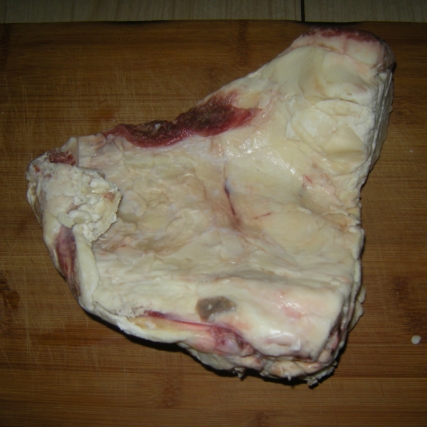
Recently I processed some beef suet to make a useable fat. I took this chunk of fat, …
…let it thaw for about an hour, then chunked it up into small pieces. I did this with 2 pieces of fat…
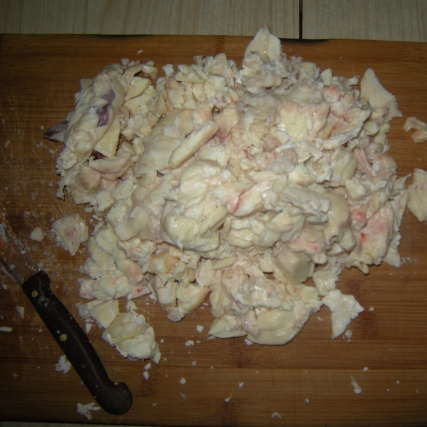
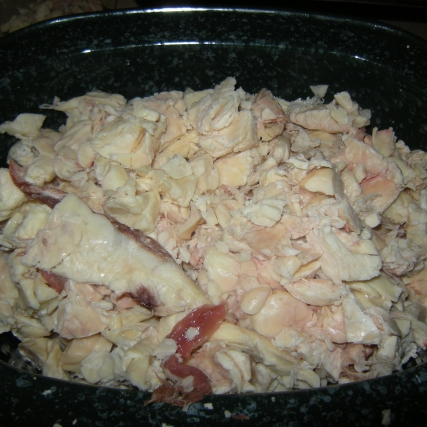
…filling my 5-6 qt. crockpot about 3/4 full. I put a little bit of water in the bottom, covered it and set it to high heat for 2 hours. Once it was bubbling, I turned it to low and let it cook for 18 hours, stirring occasionally.
After 12-18 hours it cooked down. I turned it off and let it cool for about 30 minutes. Then I put a metal colander in a big bowl…
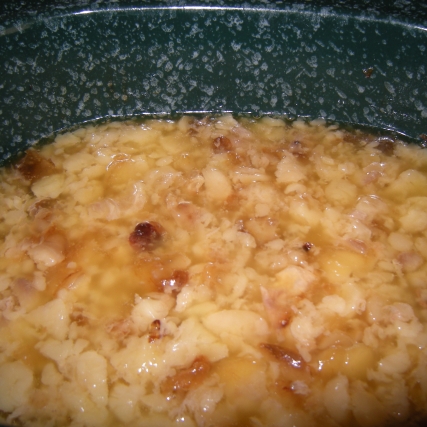
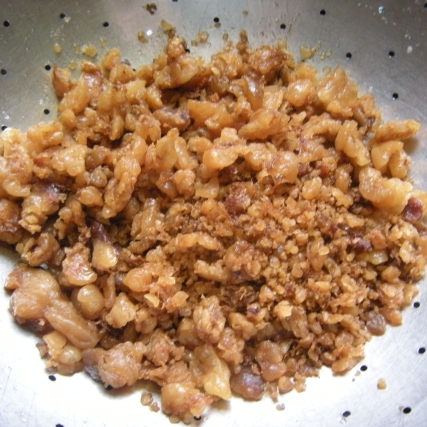
…and poured it all in, separating the cracklings…
…from the fat.
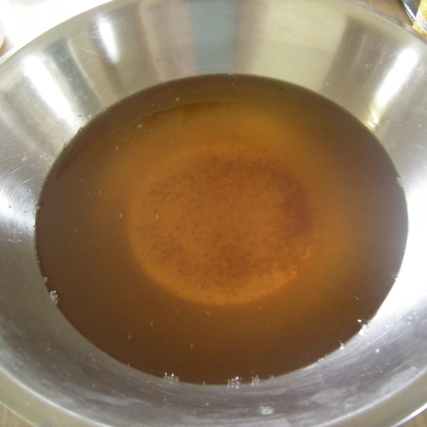
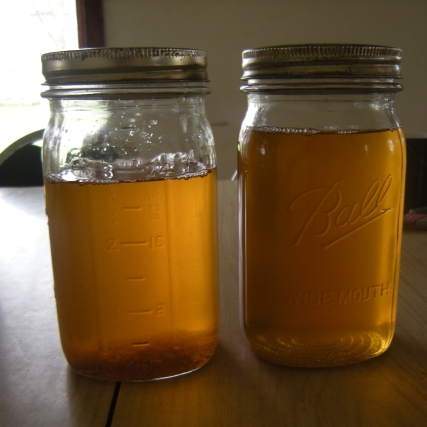
I carefully poured the hot fat into jars, put a lid on the jar, tightening it down, and let it cool.
Once the fat cooled, I took the rings off and stored it in the pantry.
After the cracklings cooled, we nibbled at them. I set them aside in a separate container that we could nibble from.
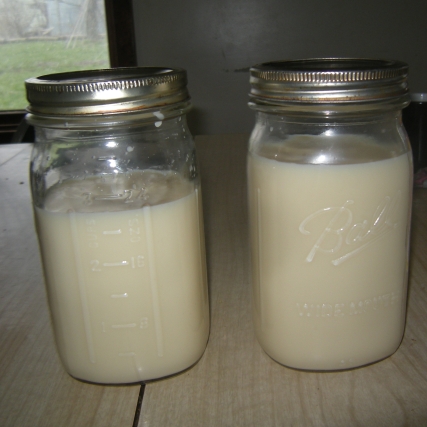
Notes: This is a very hot fat. BE CAREFUL!
Everything ends up with a layer of fat – the crockpot, the colander, the bowl, the spoons. To save the sink and pipes, wipe all the items off with a paper towel while still warm and throw the paper towels away. Otherwise you could end up with a clogged drain from the congealed fat.
Uses – you can use this in a fry pan OR to saute veggies, eggs, or meat OR to deep fry food. It is a fat that can be used in place of other fats. Suet will have a beefy taste. Lard will have a pork flavor.
The process would be similar for rendering lard. The unrendered pork lard bags are larger and so will probably result in more jars of fat.
This can be done in the oven on low heat. Put in a pan, cover, bake at 350 for 30 min to get it boiling, then reduce heat to 225-250, cooking for 12 hours, stirring occasionally.
Again, this is very hot. BE CAREFUL!
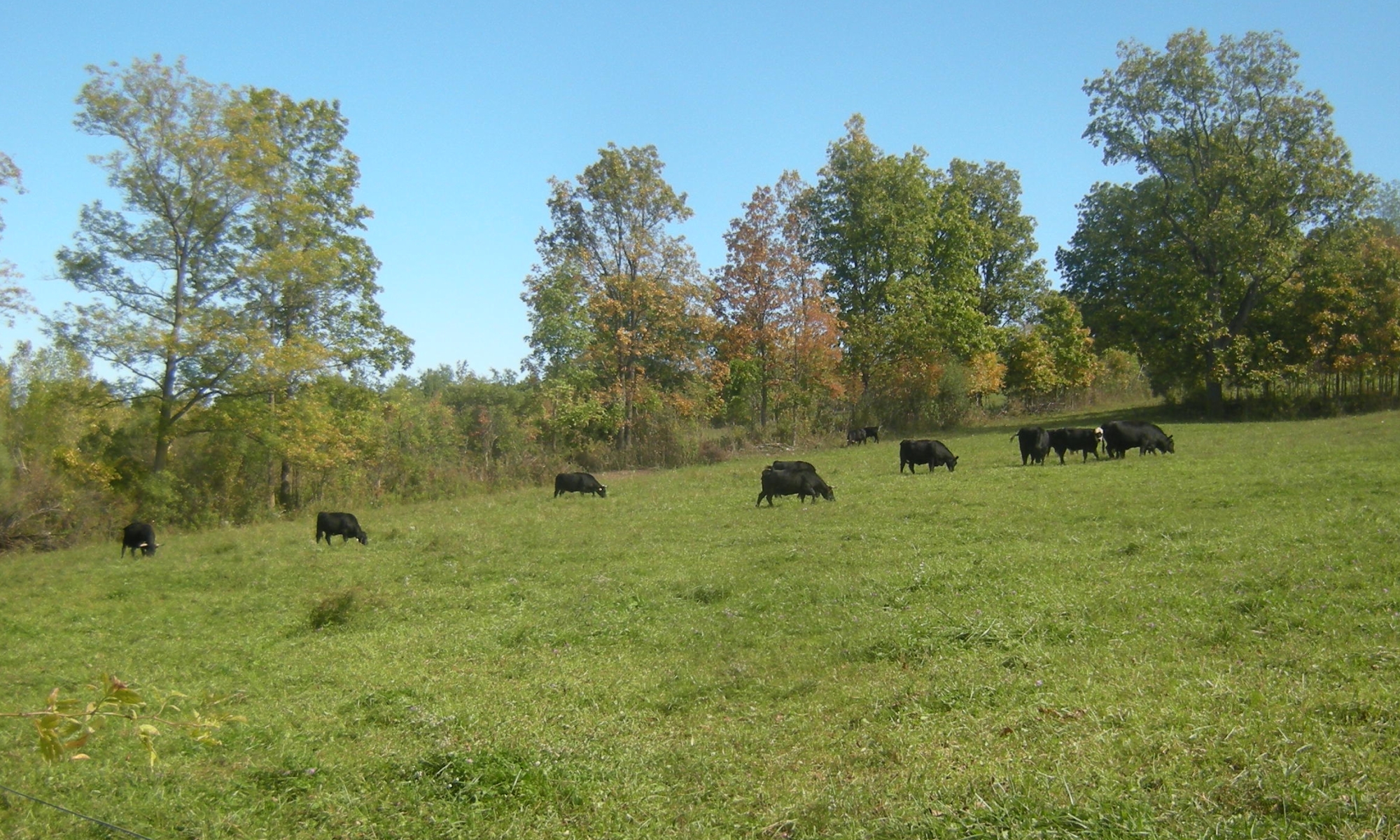
I’m finally giving this a shot today, Beth.
So appreciate your step by step instructions.
????
Beth